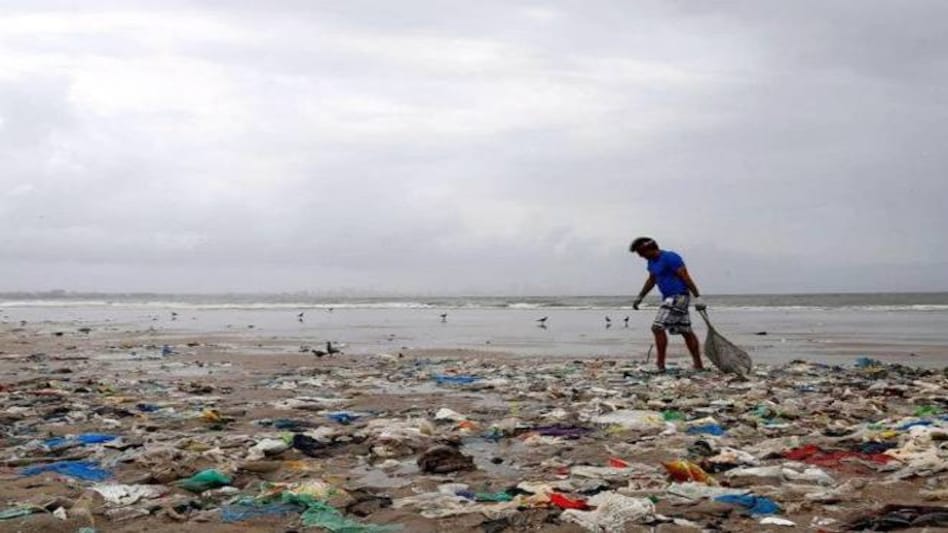Single-use plastics are disposable plastics meant for use-and-throw. These comprise polythene bags, plastic drinking bottles, plastic bottle caps, food wrappers, plastic sachets, plastic wrappers, straws, stirrers and Styrofoam cups or plates.

Prime Minister Narendra Modi-led government Wednesday is likely to crack down on single-use plastic, paving the way for India to become plastic free by 2022. The initiative is expected to be launched on the 150th birth anniversary of Mahatma Gandhi.
But, what is single-use plastic? Here’s an insight:
Single-use plastics are disposable plastics meant for use-and-throw. These comprise polythene bags, plastic drinking bottles, plastic bottle caps, food wrappers, plastic sachets, plastic wrappers, straws, stirrers and Styrofoam cups or plates.
According to World Wildlife Fund (WWF), plastic is harmful to the environment as it is non-biodegradable, takes years to disintegrate.Single-use plastics slowly and gradually break down into smaller pieces of plastic known as microplastics.
Also Read: Modi govt may not announce blanket ban on single-use plastics today
It can take thousands of years for plastic bags to decompose, thus contaminating our soil and water in the process. The noxious chemicals used to produce plastic gets transmitted to animal tissue, and finally, enter the human food chain, the WWF claims.
It has a big impact on wildlife too.
Birds usually confuse shreds of plastic bags for food and end up eating the toxic debris. Fish consume thousands of tons of plastic in a year, ultimately transferring it up the food chain to marine mammals…..Read More
